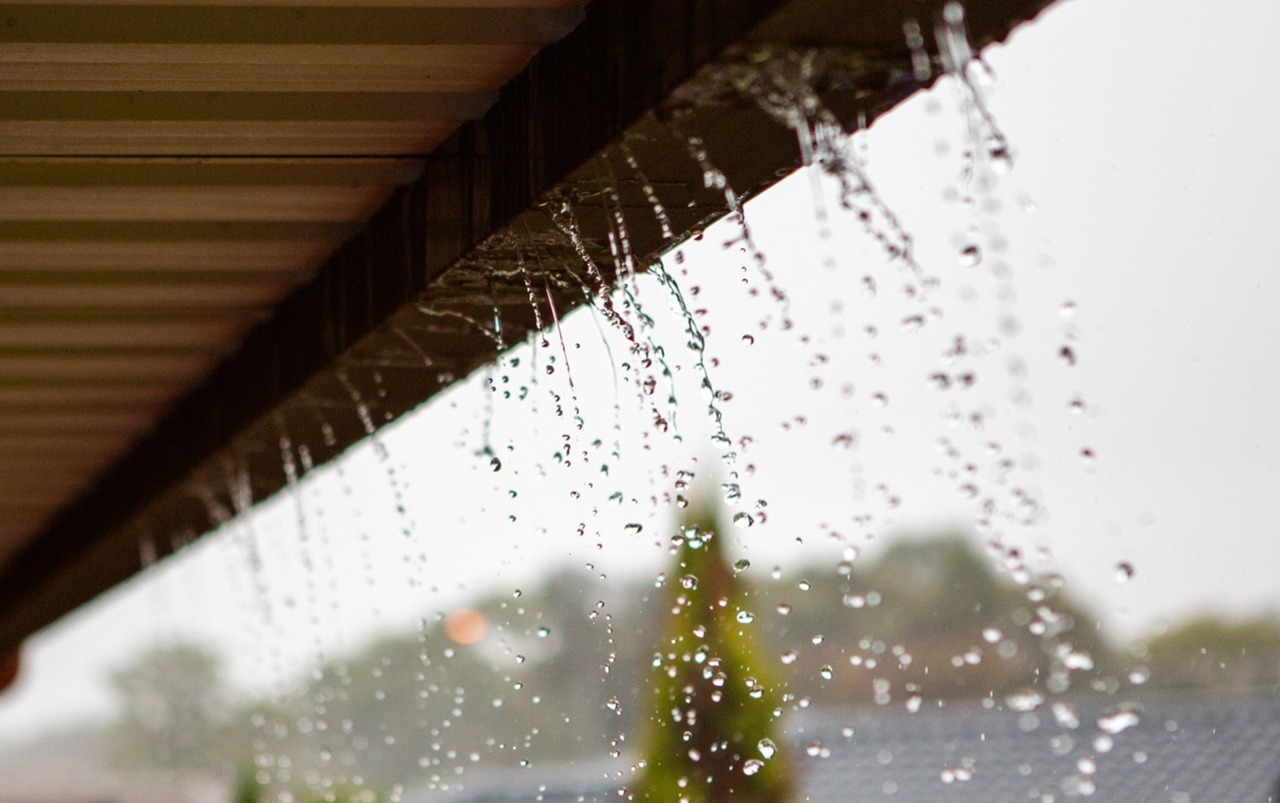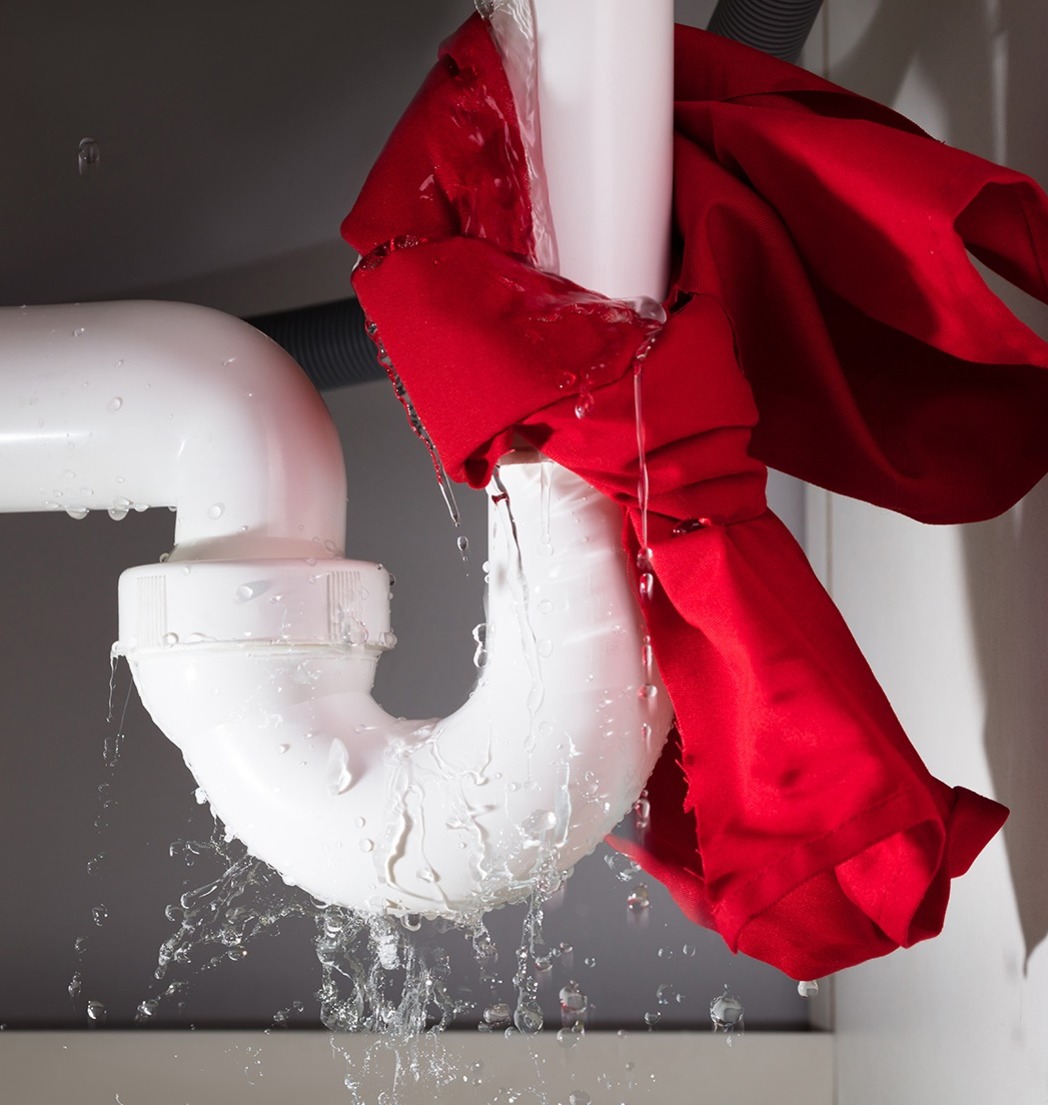Is Spring the Enemy of Your Drains?
Posted on 23rd March 2022 at 16:27
Spring has arrived and aren’t we glad to be rid of the cold weather? However, the shift in temperature isn’t good news for our drainage systems.
The days become warmer which leads to more rainfall. In fact, in May 2021, England had its wettest day since 1967!
So, what does a shift in temperature and higher rainfall mean for your drainage system?

Blocked Gutters & Sewers
Gutters are responsible for keeping the foundation of your home in working order. During the winter months there can be a build-up of objects such as leaves and twigs, so when there is higher amount of rain, gutters will begin to overflow. Overtime, this will damage the brick work on your house.
Like gutters, sewers also fall victim to blockages. The difference is, because sewers are usually located underground, their drainage will fill with foreign objects such as sticks, leaves and soil. When too much debris accumulates and the spring rainfall comes, this will lead to the sewers overflowing, and wastewater to accumulate in sinks and bathtubs. Disgusting right? So, if you notice water accumulating in drain areas, you probably have blocked sewers.
Leaking Pipes in Spring
During the winter months, pipes can develop leaks that aren’t usually obvious until the spring season. The water in the pipes will either freeze or contract, which can create cracks that will cause leaks. So, in the spring when the temperature rises, the damaged pipes will begin to expand, and this can more leaks.
You’ll notice if there is a leak if your water usage is higher than normal, musty smells appear, or there are any dripping or standing water in the affected area.

Sewer and Main Line Obstructions
As new plant life begins to appear in spring, we get a sense of new beginnings. While flowers bloom and bees begin working, this also means trees begin their search for nutrients in the soil. This may be detrimental for the drainage systems underground as these pipes are filled with water.
Because of this, roots will intrude through vulnerable pipes in search of nutrients. This can cause many issues, especially for your water pressure and can cause slow drainage throughout your home.
Since sewer and main line pipes are more at risk of blockages and leaks through the spring, it’s best to have routine checks on them to ensure any problems are dealt with as soon as possible.
Spring Water Pressure Issues
Turning your taps on every so often will make sure that water is moving through the system and that it isn’t stuck in one place for an extended period of time. Running water will also relieve pressure from the system to prevent a build-up which could cause pipes to burst.
Slow Drainage in Spring
Slow drainage is something that occurs when water is taking longer than expected to drain from sinks, baths, showers, and floor drains.
One of the most common issues with springtime plumbing is slow drainage. There are several reasons for slow drainage, and a common cause is when roots penetrate the drainage pipes underground. This can make it difficult for water to get through, leading to slow drainage.
Slow drainage is something that occurs when water is taking longer than expected to drain from sinks, baths, showers, and floor drains.
One of the most common issues with springtime plumbing is slow drainage. There are several reasons for slow drainage, and a common cause is when roots penetrate the drainage pipes underground. This can make it difficult for water to get through, leading to slow drainage.
If you’d like to know more, call us today on 01604 492 701.
Share this post:





